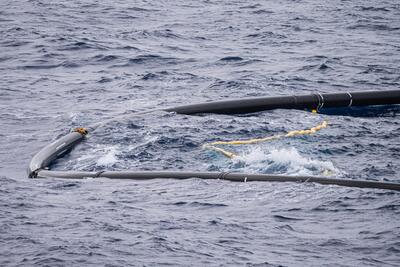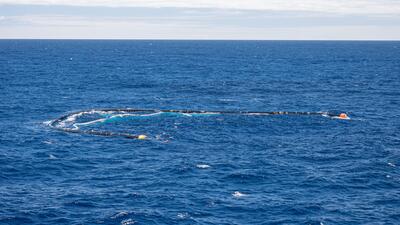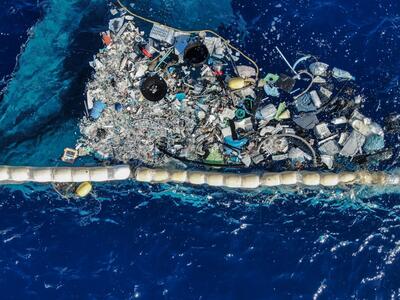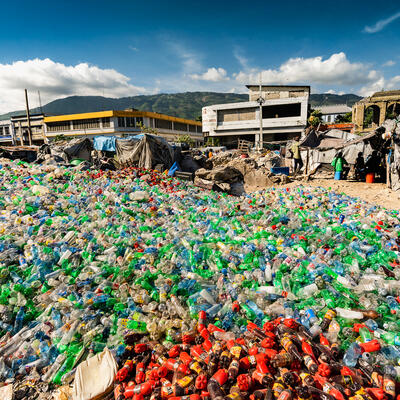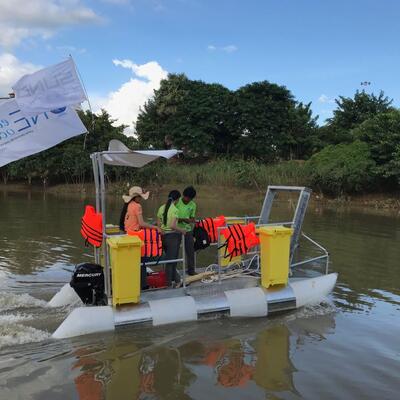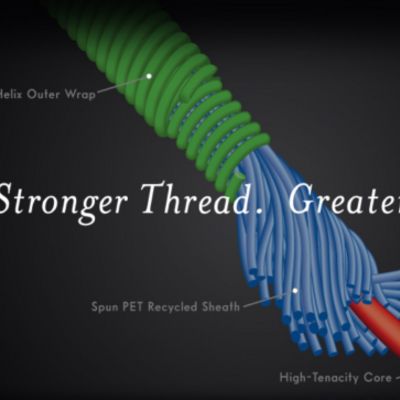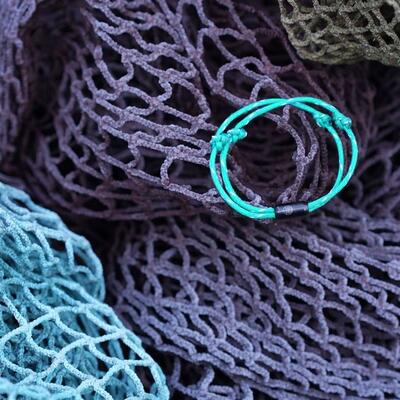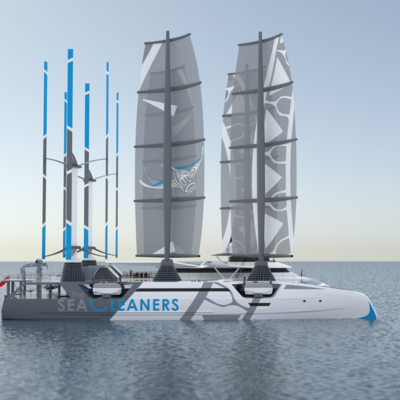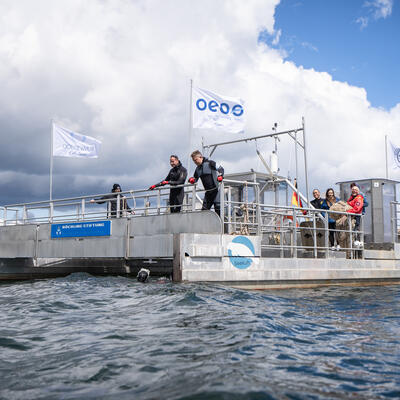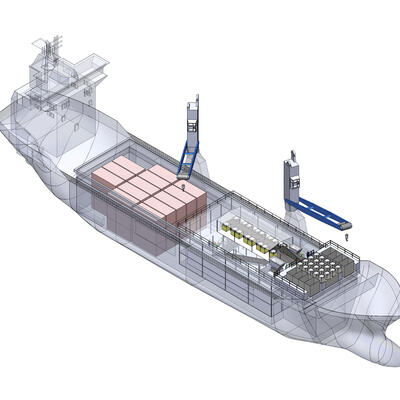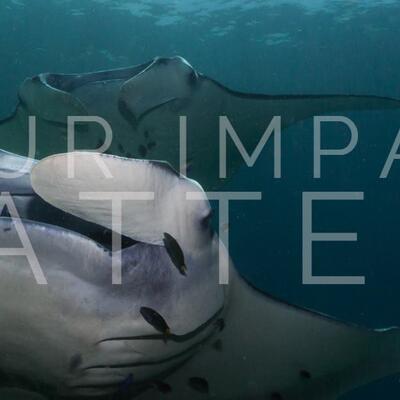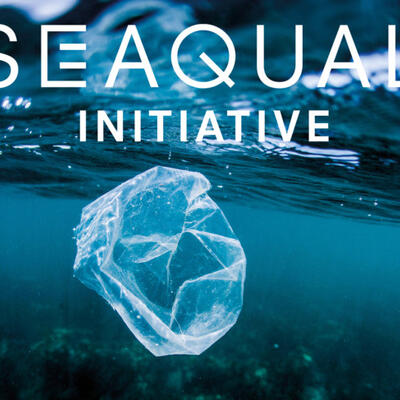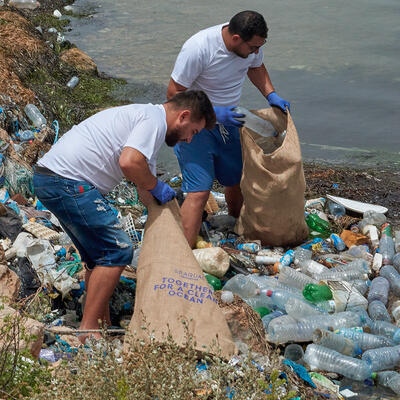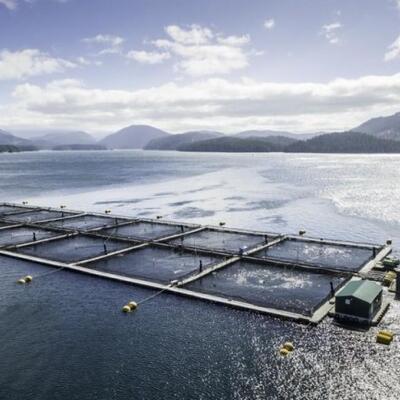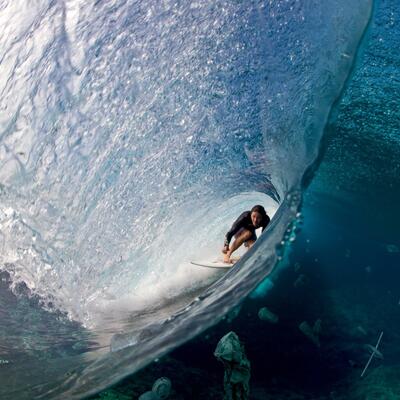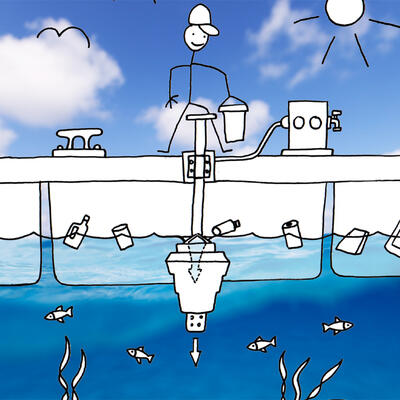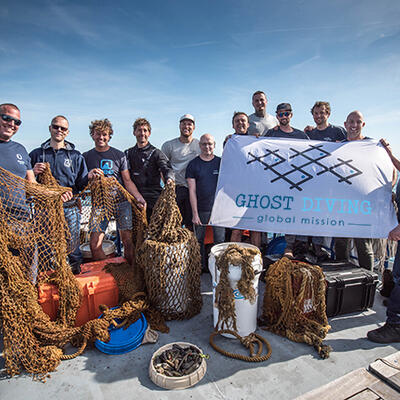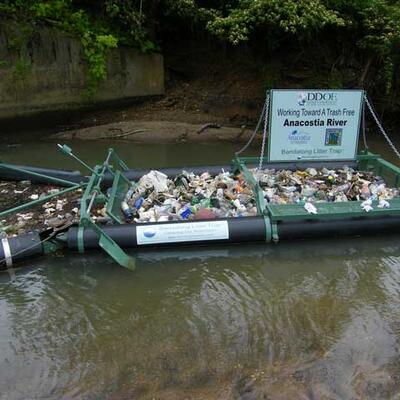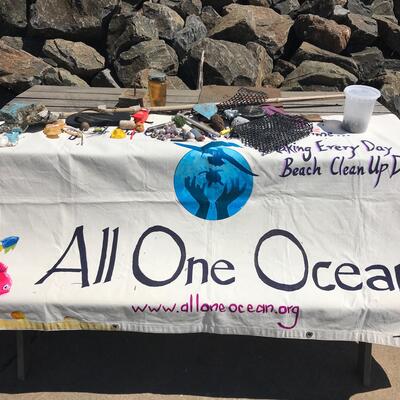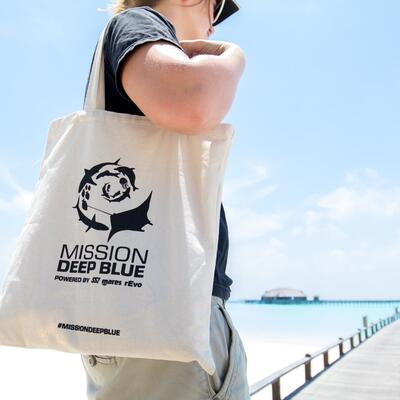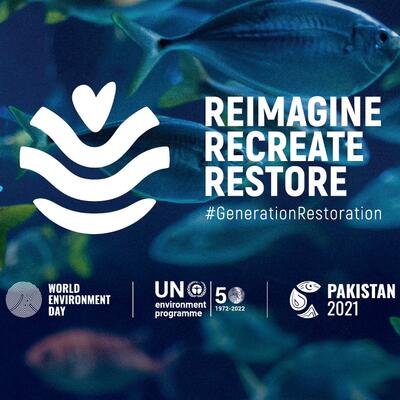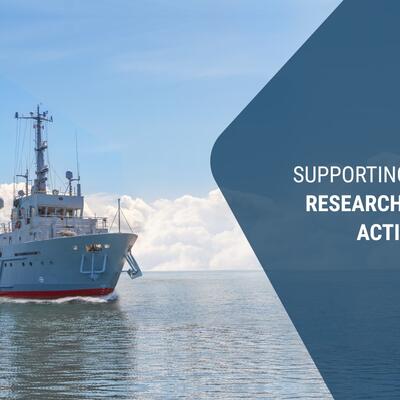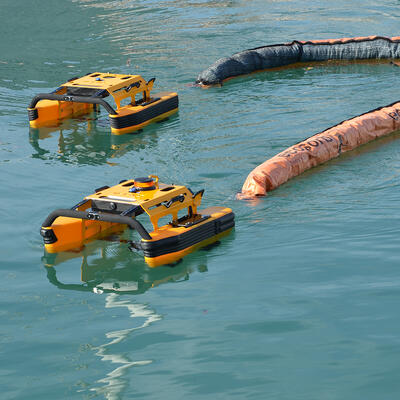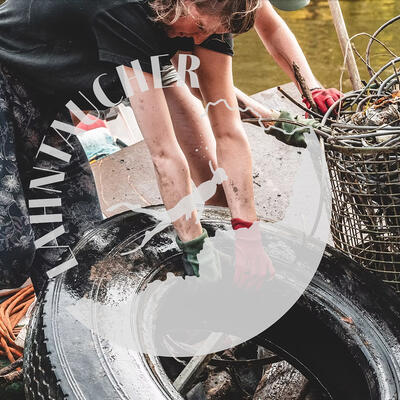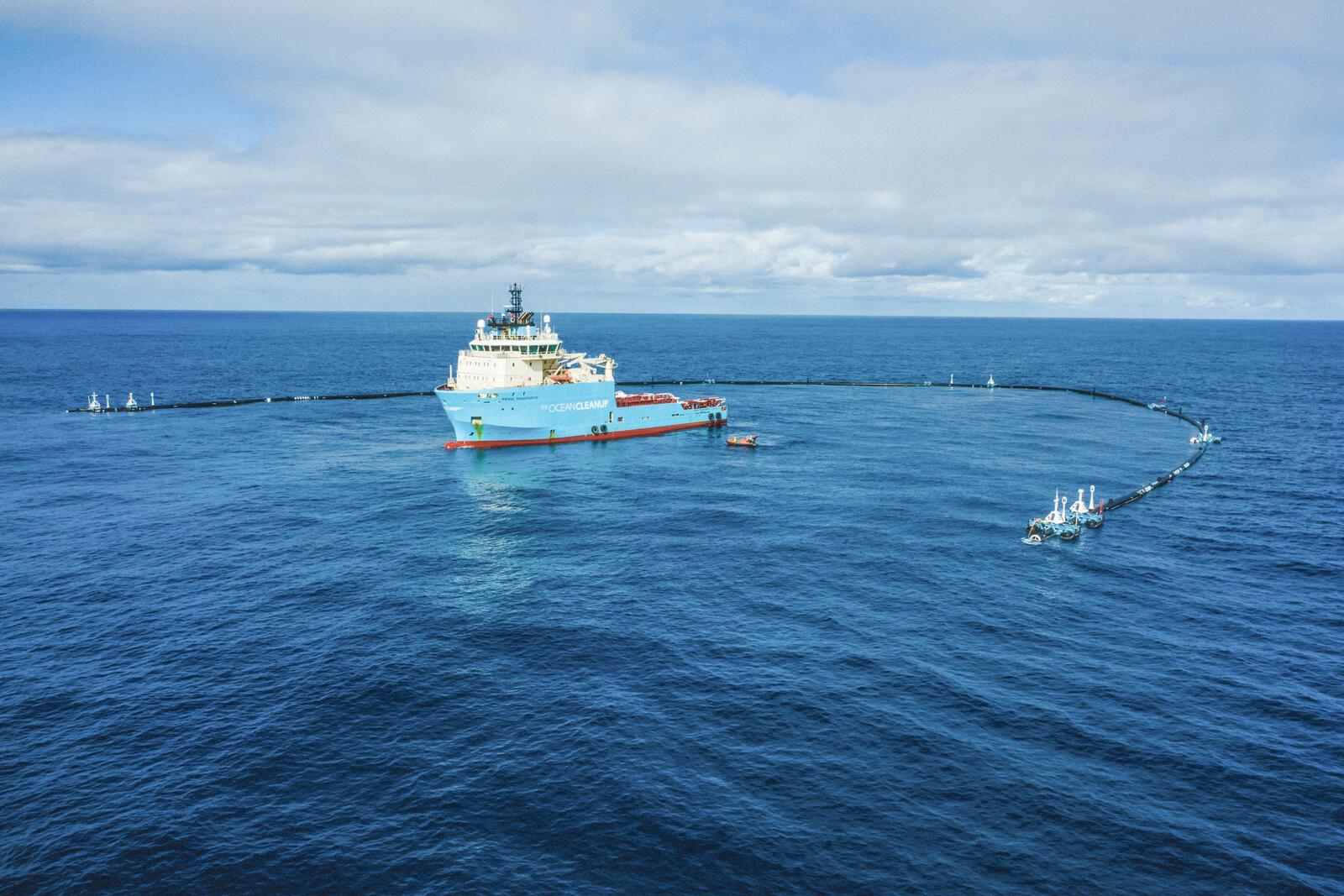
The Ocean Cleanup
-
Main problem:
Pollution, ocean plastic -
Subproblem:
Destruction of the marine ecosystems -
Consequence:
Destruction of habitats, Improvement of waste cycles -
Solution:
Developing technologies to rid accumulating plastic in the ocean and rivers
Trash accumulates in five ocean garbage patches, the largest one being the Great Pacific Garbage Patch, located between Hawaii and California.
We develop advanced technologies to rid the oceans of plastic. Every year, millions of tons of plastic enter the oceans, of which the majority spills out from rivers. A portion of this plastic travels to ocean garbage patches, getting caught in a vortex of circulating currents. If no action is taken, the plastic will increasingly impact our ecosystems, health, and economies.
If left to circulate, the plastic will impact our ecosystems, health, and economies. Solving it requires a combination of closing the source, and cleaning up what has already accumulated in the ocean. A significant percentage of the plastic that enters the oceans from rivers and other sources during a transfer that can take many years, drifts into large systems of circulating ocean currents, also known as gyres. Once trapped in a gyre, the plastic will slowly break down into microplastics and become increasingly easier to mistake for food by sea life. The system consists of a long floater that sits at the surface of the water and skirt that hangs beneath it. The floater provides buoyancy to the entire system, while the skirt prevents debris from escaping underneath and leads it into the retention system, or cod end. A cork line above the skirt prevents overtopping and keeps the skirt afloat.
Photo Credits by: ©theoceancleanup
https://theoceancleanup.com/


